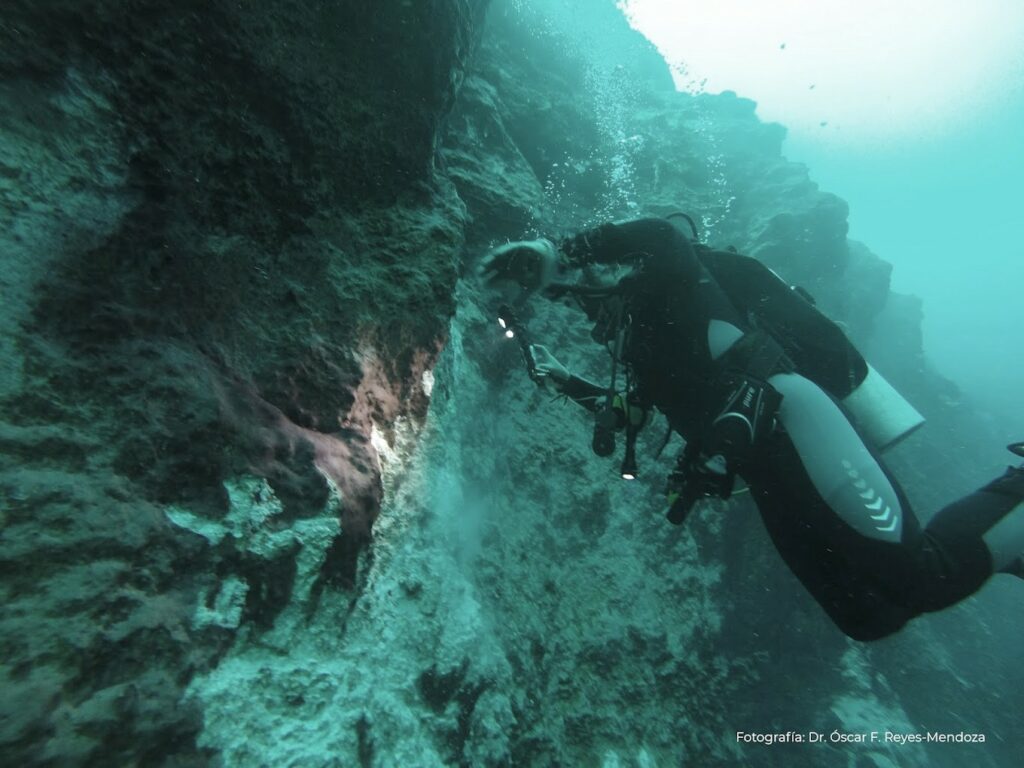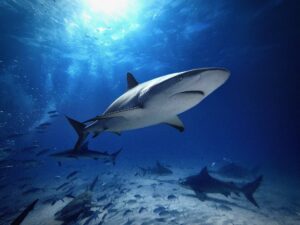The world’s deepest blue hole is now known to be one discovered three years ago off Mexico – and it turns out not only to be even deeper than originally thought, but its bottom has yet to be plumbed.
A series of scuba dives were carried out at the top of the massive Taam Ja' Blue Hole (TJBH) last December to determine the prevailing environmental conditions, for a new study by Mexico’s National Council of Science and Technology (CONACYT) led by post-doctoral researcher Juan Carlos Alcérreca-Huerta.
The sinkhole lies in the Chetumal Bay Manatee Sanctuary in the middle of Chetumal Bay, off the south coast of the Yucatán Peninsula in the Caribbean Sea.
The scientific divers initially checked out factors such as visibility, substrate characteristics and wall coverage in the blue hole down to a depth of 30m. Echo-sounders from their boat indicated that the hole was more than 250m deep but, because producing meaningful echo-sounding results is challenging in sinkholes, a CTD (Conductivity Temperature Depth) profiler was then lowered.

Even using 500m of cable, the team were unable to reach the bottom of the TJBH with the instrument because of concerns for its safety. However, they can now say for certain that the blue hole extends at least 420m below sea level, which is 146m deeper than had been initially estimated when it was discovered in 2021.
Cave connections
The profiler also revealed multiple distinct layers of water within the TJBH. The deepest layer reached, the top of which lay at around 400m, displayed a temperature and salinity similar to that found in the Caribbean and nearby reef lagoons and estuaries.
This has led the scientists to suggest that the blue hole is connected to the ocean not only at its entrance but via a hidden cave network at depth.
The sinkhole that had previously been regarded as the world’s deepest, the Sansha Yongle Blue Hole or Dragon Hole near the Paracel Islands in the South China Sea, is only 301m deep.
Blue holes are caused by the collapse of soluble areas of bedrock such as limestone or gypsum in coastal regions. Others discovered in Chetumal Bay in recent years have included Lool Ja’ Blue Hole (LJBH) and Ch’och-Ja’ Blue Hole (CJBH). The study has just been published in the journal Frontiers In Marine Science.
Also read: Giant Blue Sinkhole Discovered In Great Barrier Reef, Aquatica Announces Historic Expedition to the Bottom of the Belize Blue Hole, 10 impressive shore diving locations








